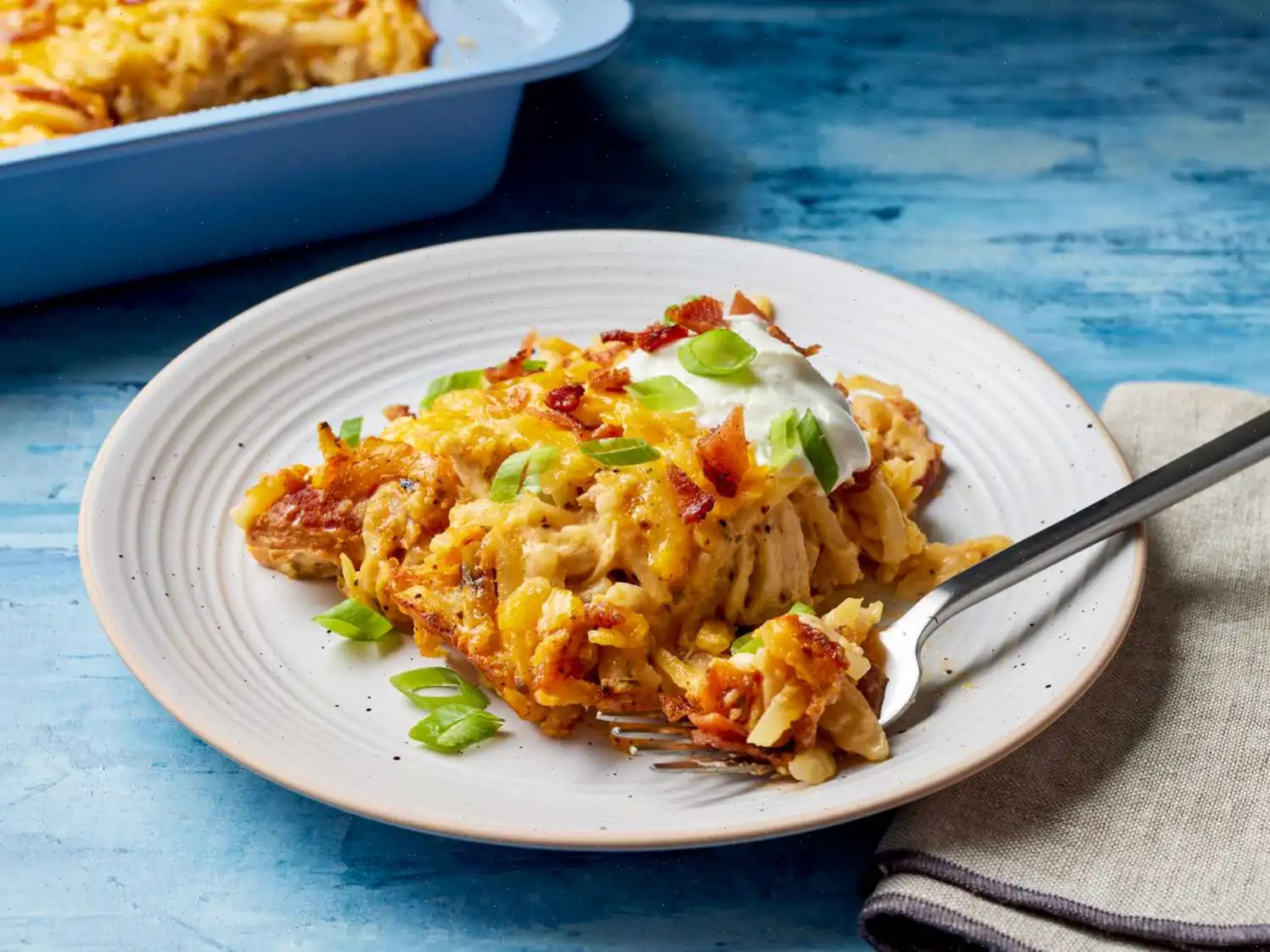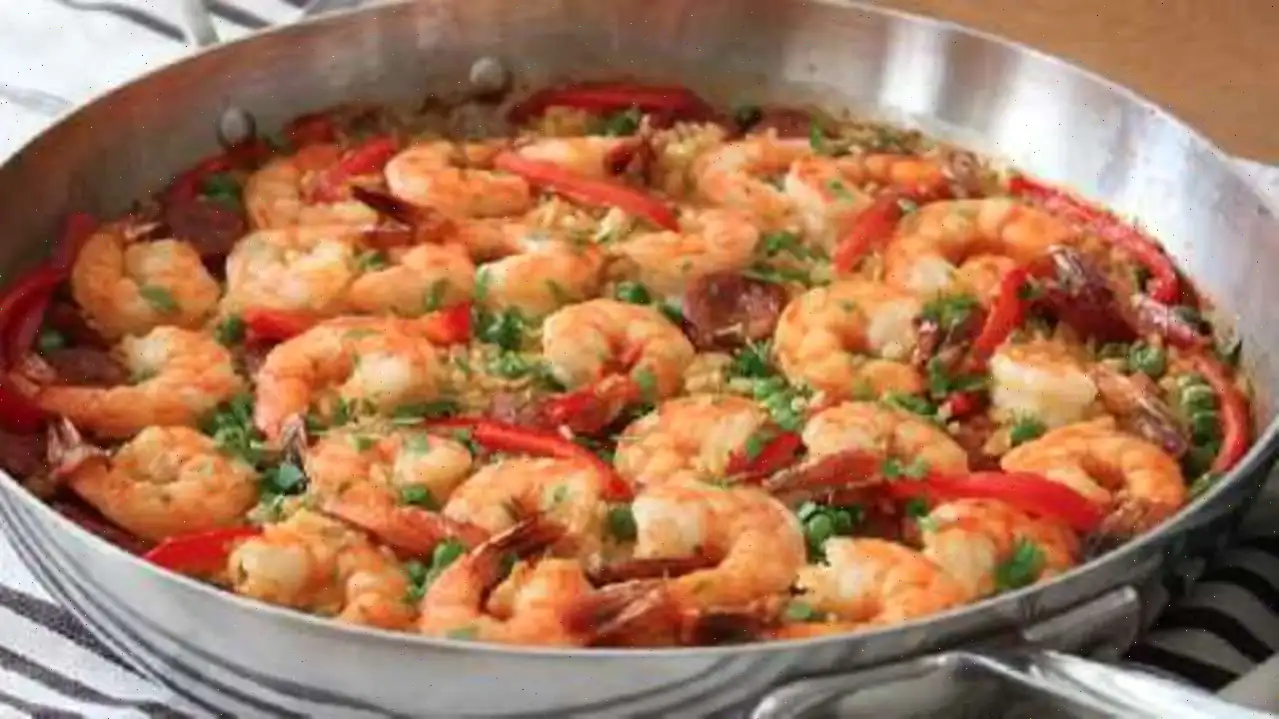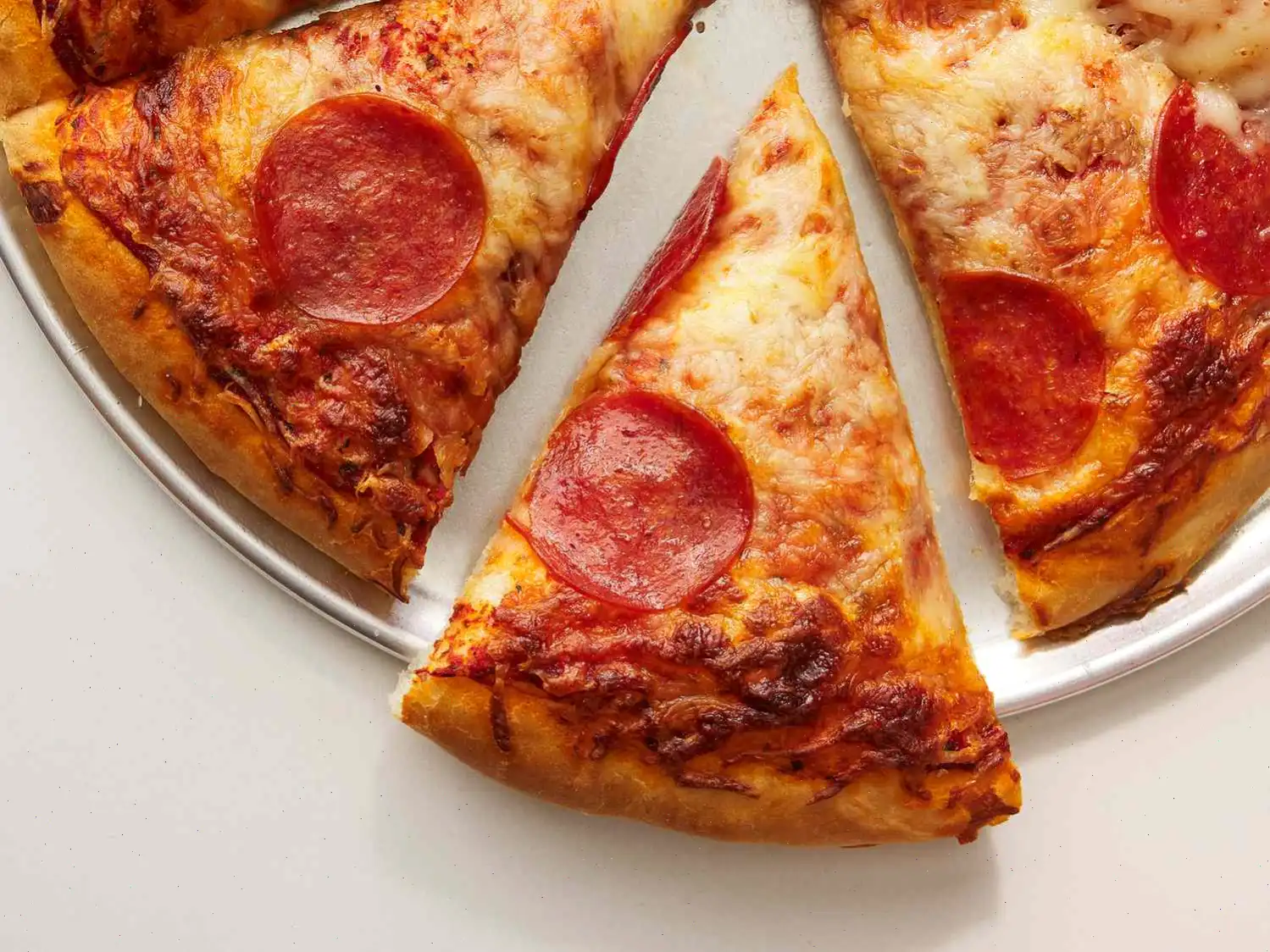
Salmon Couscous Salad Recipe
Salmon with Couscous and Pesto Dressing
This flavorful dish combines perfectly cooked salmon with a creamy pesto dressing, served over couscous and a fresh salad. The balance of textures and flavors makes it a delightful meal for any occasion.
Ingredients
Dressing:
- 1/2 cup mayonnaise
- 1/2 cup buttermilk
- 1/4 cup prepared pesto
- 1 lemon, juiced
- 1 clove garlic
- Ground black pepper to taste
Couscous:
- 1 (5.8 ounce) package herb and garlic couscous
Salmon:
- 1/2 pound salmon filet, with skin
- 1 teaspoon Greek seasoning, such as Cavenders Greek Seasoning
- 1 teaspoon butter
- 1 teaspoon olive oil
Salad:
- 2 Roma tomatoes, seeded and chopped
- 2 cups arugula and spinach salad mix, roughly chopped
- 2 tablespoons shredded Parmesan cheese
- 2 tablespoons pepitas
Directions
Step 1: Start by preparing the dressing. Add mayonnaise, buttermilk, pesto, lemon juice, and garlic to the bowl of a food processor. Blend until smooth. Season with black pepper to taste and set the dressing aside.
Step 2: In a skillet, heat the butter and olive oil over medium-high heat. While the skillet heats, season the salmon with Greek seasoning. Cut the salmon into two filets. Once the skillet is hot, place the salmon skin-side down and cook for about 8 minutes, or until the fish flakes easily with a fork.
Step 3: While the salmon is cooking, bring a saucepan of water to a boil. Remove from heat and stir in the couscous. Cover the saucepan and let it sit for 10 minutes until the water is fully absorbed. Fluff the couscous with a fork once ready.
Step 4: To assemble, divide the salad mix into two dinner bowls. Top with chopped tomatoes. Fluff the couscous again and place it in the center of each bowl. Sprinkle Parmesan cheese around the couscous.
Step 5: Place a salmon filet beside the couscous in each bowl. Drizzle 1 to 2 tablespoons of the pesto dressing over the dish. Garnish with pepitas and serve immediately.
Cook's Note
Nutrition data includes the full amount of dressing ingredients. The actual amount of dressing consumed will vary based on personal preference.
Nutrition Facts (per serving)
- Calories: 983
- Total Fat: 77g (99% Daily Value)
- Saturated Fat: 15g (74% Daily Value)
- Cholesterol: 106mg (35% Daily Value)
- Sodium: 1600mg (70% Daily Value)
- Total Carbohydrates: 34g (13% Daily Value)
- Dietary Fiber: 5g (17% Daily Value)
- Total Sugars: 9g
- Protein: 39g (79% Daily Value)
- Vitamin C: 49mg (54% Daily Value)
- Calcium: 328mg (25% Daily Value)
- Iron: 3mg (15% Daily Value)
- Potassium: 1154mg (25% Daily Value)
Percent Daily Values are based on a 2,000 calorie diet. Your daily values may be higher or lower depending on your calorie needs.
The Story Behind Salmon Couscous Salad
The Salmon Couscous Salad is a contemporary fusion dish that reflects the global appeal of healthy, flavorful meals. Couscous itself originates from North Africa, particularly Morocco, Algeria, and Tunisia, where it has been a staple for centuries. Traditionally, couscous was served with stews or roasted meats, but modern interpretations have embraced lighter, fresher ingredients such as vegetables, herbs, and seafood. Incorporating salmon into couscous salad likely emerged from Western culinary trends emphasizing omega-3 rich fish and nutrient-dense salads, creating a perfect balance between traditional grains and modern nutrition.
Regional Variations
While couscous is widely enjoyed across North Africa and the Mediterranean, the combination with salmon and creamy dressings is more prevalent in American and European cuisine. In the Mediterranean region, couscous salads often include olives, tomatoes, cucumbers, and fresh herbs, whereas in the United States, variations may feature rich dressings, roasted vegetables, and proteins like salmon or chicken. Each region adapts the dish to its flavor preferences and available ingredients, resulting in a versatile, globally inspired salad.
What Makes It Unique
Salmon Couscous Salad stands out from similar dishes such as tabbouleh or quinoa salads because of its warm, flaky salmon paired with fluffy couscous and a vibrant, pesto-infused dressing. Unlike grain-based salads that rely solely on raw vegetables or beans, this dish combines cooked protein with lightly cooked or fresh ingredients, creating a multi-textured experience. The use of pepitas and Parmesan cheese adds a nutty and umami element, setting it apart from simpler couscous preparations.
Where Its Typically Served
This salad is often served as a light lunch, an elegant dinner starter, or a main course for casual gatherings. It is popular in bistro-style restaurants, Mediterranean-inspired cafes, and home kitchens where fresh, colorful, and nutritious meals are appreciated. The visually appealing presentation makes it a favorite for entertaining, as the layered arrangement of salad, couscous, and salmon creates a restaurant-quality look with minimal effort.
Interesting Facts
- Couscous was originally steamed over simmering water in traditional Berber cooking techniques, making it one of the earliest forms of instant-grain preparation.
- Salmon, high in omega-3 fatty acids, has been a prized protein source in Northern European and North American diets for centuries.
- Pesto, used in the dressing, originates from Liguria, Italy, and typically includes basil, garlic, Parmesan, pine nuts, and olive oil, adding a fragrant Mediterranean touch to the salad.
- The combination of grains and fish in one dish is considered a complete meal in terms of nutrition, providing complex carbohydrates, healthy fats, and protein in a single serving.
- The salads assembly stylelayering greens, couscous, salmon, and dressingenhances both flavor and texture contrast, a technique often used in modern plating for aesthetic appeal.
You can listen to this recipe in AI audio format. Simply click the play button below to listen to the content in a format that suits you best. It’s a great way to absorb information on the go!
FAQ about Salmon Couscous Salad Recipe
Comments
James Roberts
12/18/2024 07:47:52 AM
The flavors melded perfectly in this dish! It's wonderfully creamy and indulgent, with the salmon being incredibly buttery and bursting with flavor. I seasoned it with a mix of oregano, basil, parsley, dill, rosemary, thyme, cinnamon, onion powder, and garlic powder. Don't hesitate to add plenty of seasoning - go beyond just a teaspoon. The result will be worth it, I promise.








